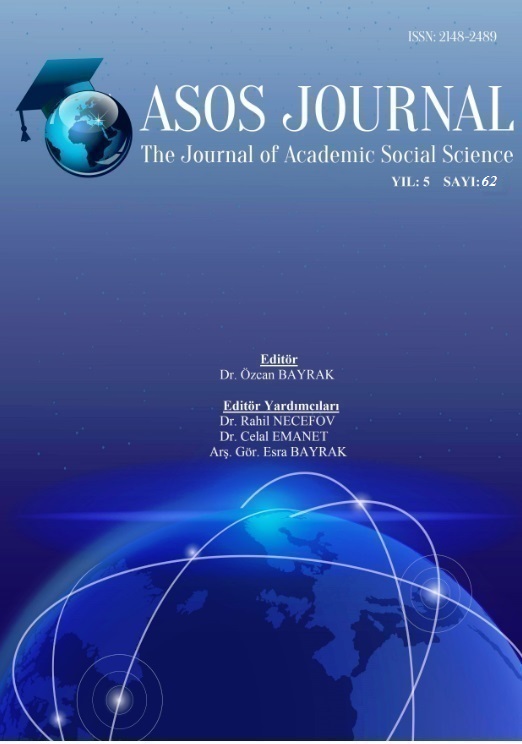Author :
Abstract
Tiyatroda jest oyuncunun bilinçli ve isteyerek yaptığı beden hareketi biçiminde tanımlanır. Tiyatroda jest farklı dönemlerde farklı biçimlerde kavranır, farklı dönemlerdeki sahneleme ve oynama biçimlerinden etkilenir. Klasik tiyatroda jest daha tiyatral, abartılı ve ayinseldir; ayrıcalıklı anlar sunar ve seyirci ile oyuncunun iletişimde bir değerdir. Doğalcı-gerçekçi tiyatro, gündelik yaşamdan bir kesit alma, gündelik yaşamı temsil etme düşüncesi etrafında jesti doğal ve süreklilik içinde ele alır. Artaud için jest, sahnenin kendi dilini üreten ve bu dil aracılığıyla sahnenin seyirci ile ilişki kurmasını sağlayan bir öğedir. Richard Sennett, 19. yüzyılda kamusal yaşamın zayıfladığını ve aktör-insanın yerini sessiz gözlemciye bıraktığını iddia eder. Ulus Baker’e göre modern insan jestlerini yitirmiştir. Giorgio Agamben Batı burjuvasının 19. yüzyılın sonunda jestlerini kaybettiğini savunur. Bu makale değişen jest anlayışının izlerini sürerek, değişen jest anlayışının seyirci kavramını üzerindeki etkilerini araştırmayı amaçlar.
Keywords
Abstract
In theatre, the gesture is defined as the body act of an actor that he/she made consciously and willingly. The gesture has been percieved in different forms at different times in theatre and also influenced by the staging forms and the acting styles of that times. In classic theatre, the gesture is more theatrical, exaggerated and ritualistic; offers privileged moments and is a value in communicating the audience and the actor. The naturalist-realist theatre deals the gesture with a naturalist form in a continuity through taking something from everyday life and representing everyday life. The gesture for Artaud is something that produces the language of the scene and allows the actor including all stage elements to communicate with the audience through that language. Richard Sennett claims that the public life was weakened and the actor-man left his place to the silent observer in the 19th century. According to Ulus Baker, modern man lost his gestures. Giorgio Agamben argues that the Western bourgeois lost its gestures at the end of the 19th century. This article aims to search the effects of the changing understanding of gesture upon the audience concept by following the changing in the concept of gesture.
